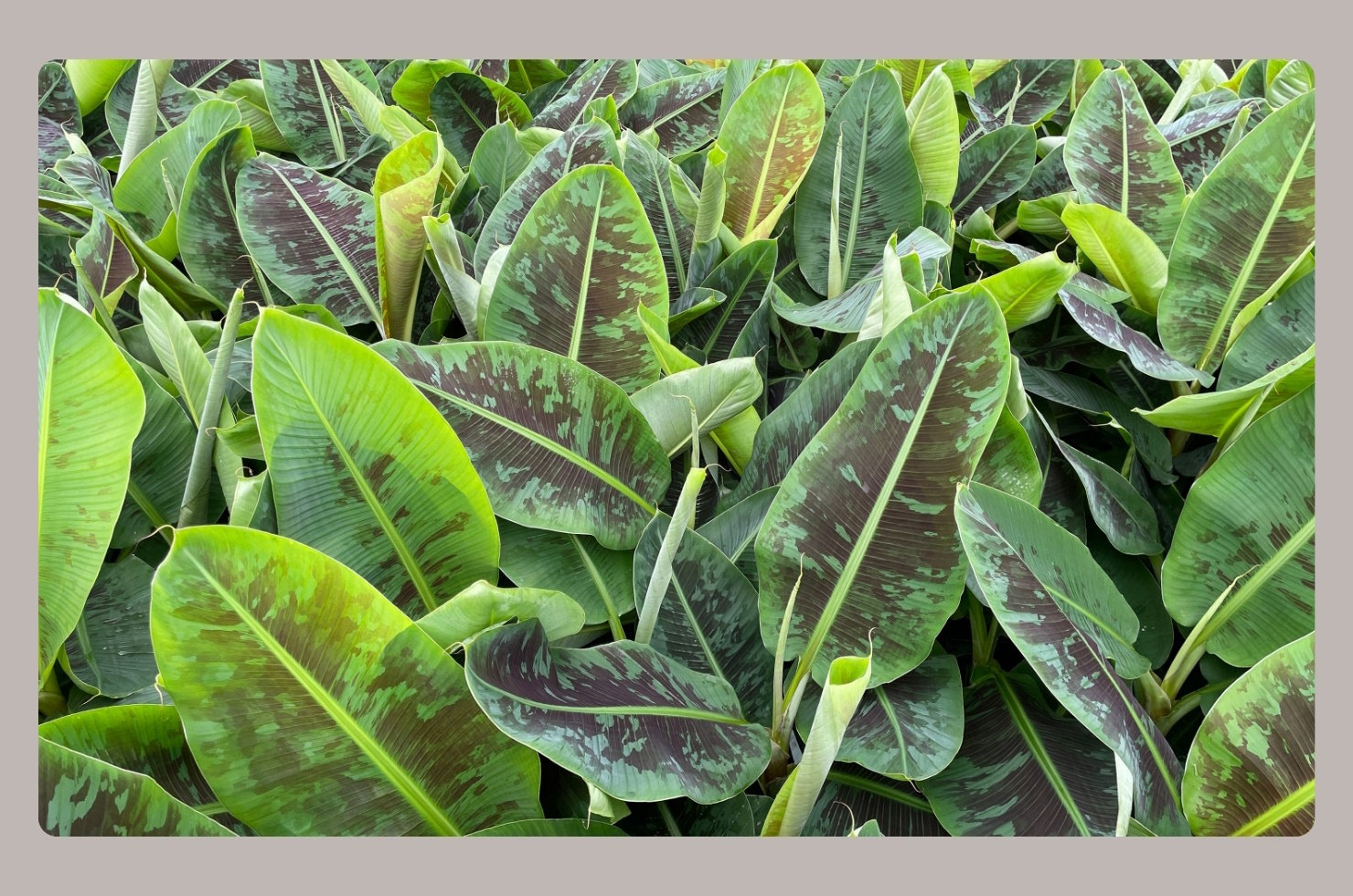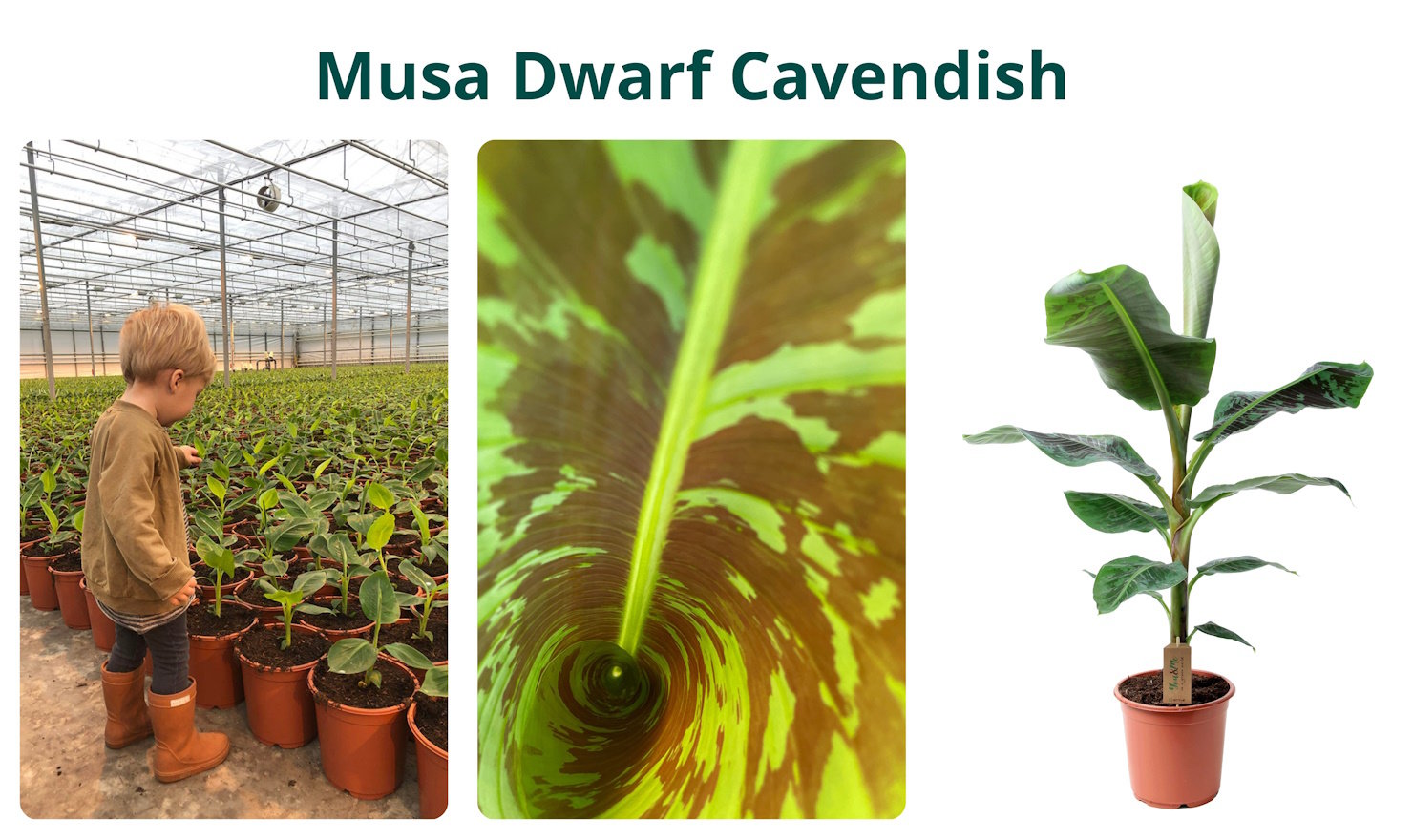
Musa Banana or Musa dwarf cavendish is family of the fruit-bearing tree that fills entire plantations in Central America. In extremely good conditions, our plant can also produce fruit. In warm, light and humid conditions the plant can grow vigorously. After a couple of years the plant should be ready to develop a bunch of bananas.
See here how we grow the Musas with care, so that they can grow into beautiful full plants and can leave the greenhouse.
If you would like more information about the Musa, read below or click here.
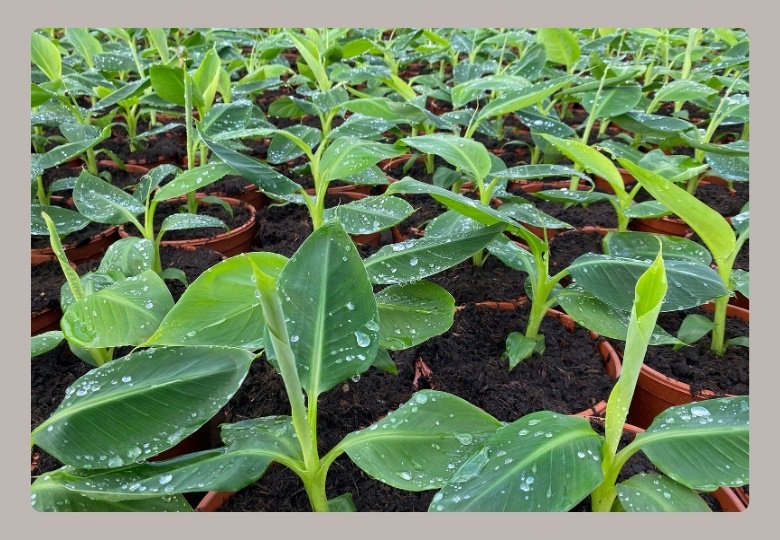
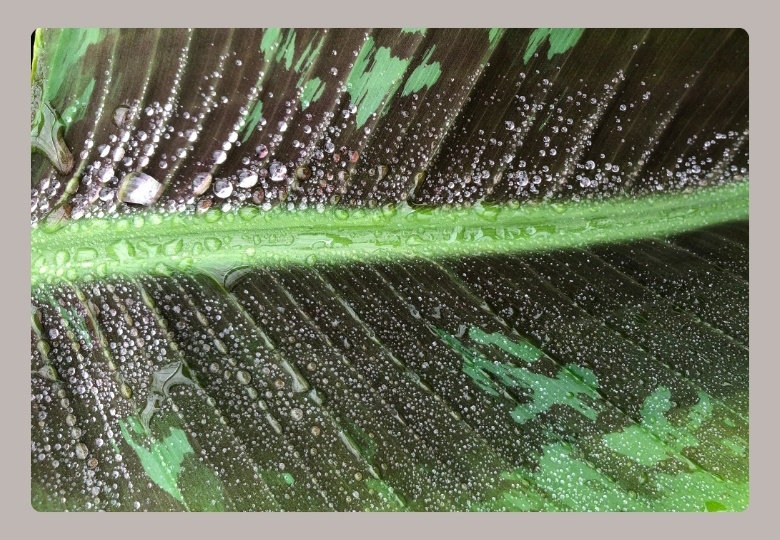
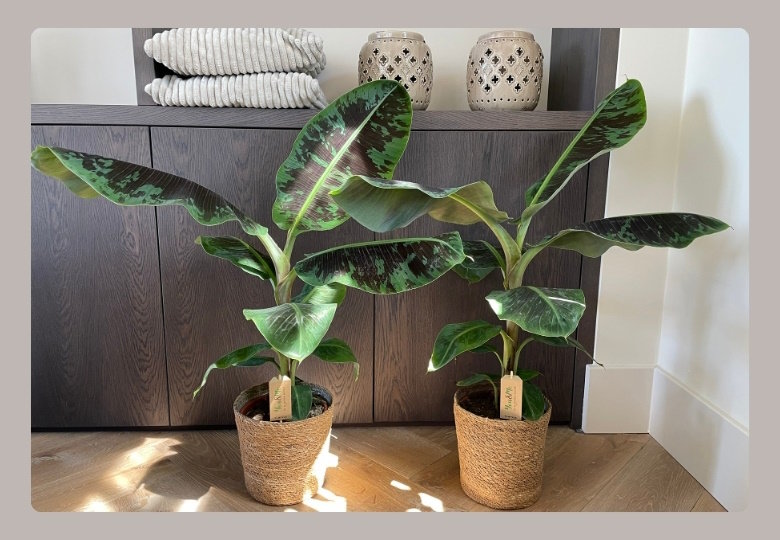
In a spacious pot, the Musa Banana can reach a height of two metres. The plant is suitable for sunny indoor locations. With these plants you can bring the tropics into your home. Their origins are in warm regions such as South-East Asia and Australia. The markings on the leaves are characteristic of this plant.
The plant is suitable for sunny indoor locations at home or at the office. The temperature may vary from 18-28 degrees.
In warm conditions the plant can use a lot of water. This is mainly the case if the plant is kept near a heather or in direct sunlight. Make sure that the soil is kept moist enough.
If the temperature drops, reduce the amount of watering so the plant pot does not flood. You can tell from the colour of the soil if it is moist enough. If the leaves start to sag, this is also a sign that more moisture is required.
As the plant ages, the leaves may tear and consequently the plant will take on a different appearance. This is a natural process. The lower leaves may also turn yellow. These can easily be removed by cutting away the leaf. Adding a little plant food each time you water the plant will slow this process down. In winter, a supplement every 2-3 waterings is sufficient.
The plant grows by unfurling the uppermost leaf. The dark brown point is key to this process. Try and keep this intact, as it will encourage the leaf to unfurl.
